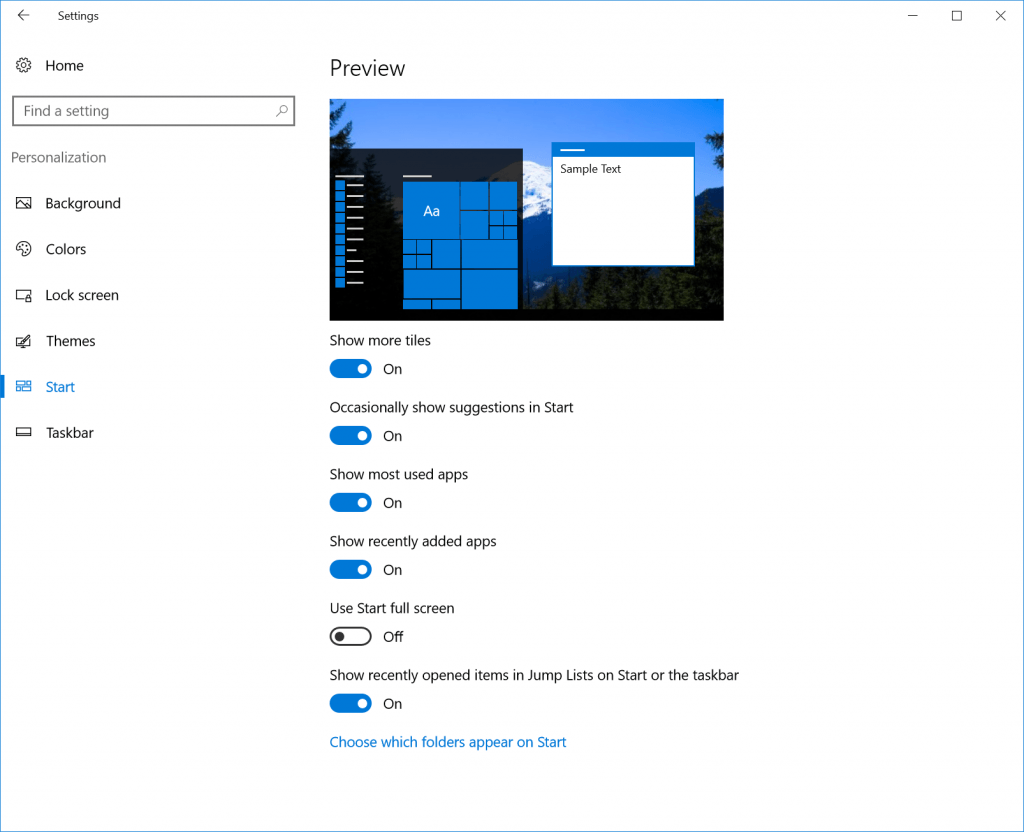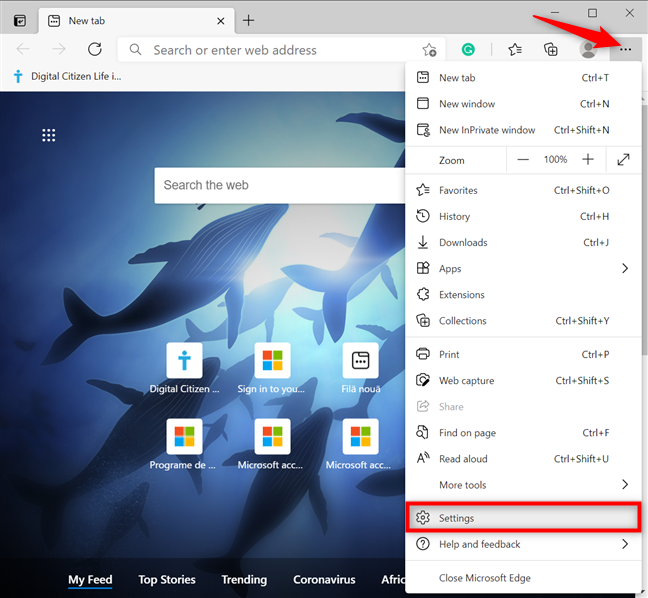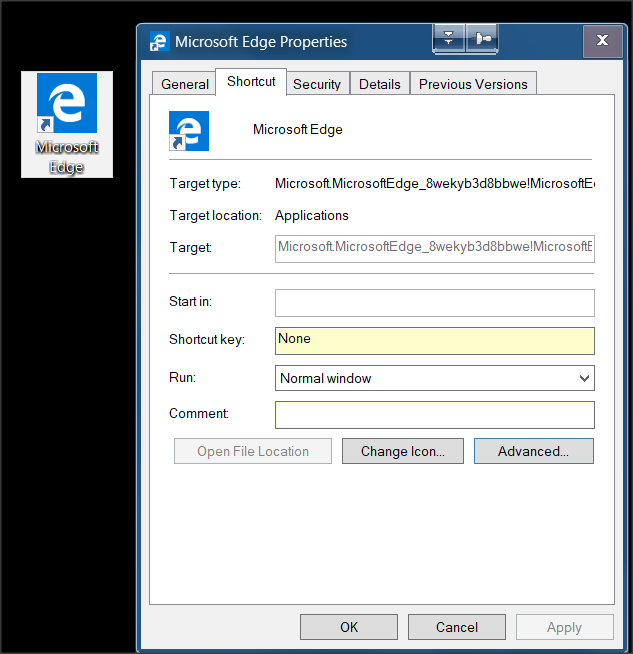

Open the Registry Editor and navigate to HKEY_LOCAL_MACHINE\SOFTWARE\MICROSOFT\WINDOWS NT\CurrentVersion\ProfileList.ĥ. Copy the original Public profile folder in C:\Users to E:\Users.Ĥ.

Option 2: How To Change User Profile Location in Windows 8 without Registry Hack

Option 1: How to Change User Profile Default Location in Windows 7 There are two options to change the user profiles location, both of which are covered in two articles in the web site. The technique works to save space off the primary partition of your system if such space is limited (such as if the disk is an SSD) and save any files in a separate, larger capacity drive (usually the traditional hard disk). Aside from relocating the Internet cache of Microsoft Edge, this technique will also relocate any temporary folders that are part of a standard user profile. Solution: In the course of my research I revisited a technique used to relocate the user profiles folders in Windows 7 that continued to work in Windows 10 per my testing. (For comparison, it was easy with Internet Explorer since you can change the location via Internet Options.) As of this writing there’s no user-configurable setting to make this happen. I didn’t want such temporary files to take up space in the partition where the Windows 10 operating system was also installed because such has limited space. Background and Problem: I was doing research on how to relocate the Internet cache of Microsoft Edge.


 0 kommentar(er)
0 kommentar(er)
